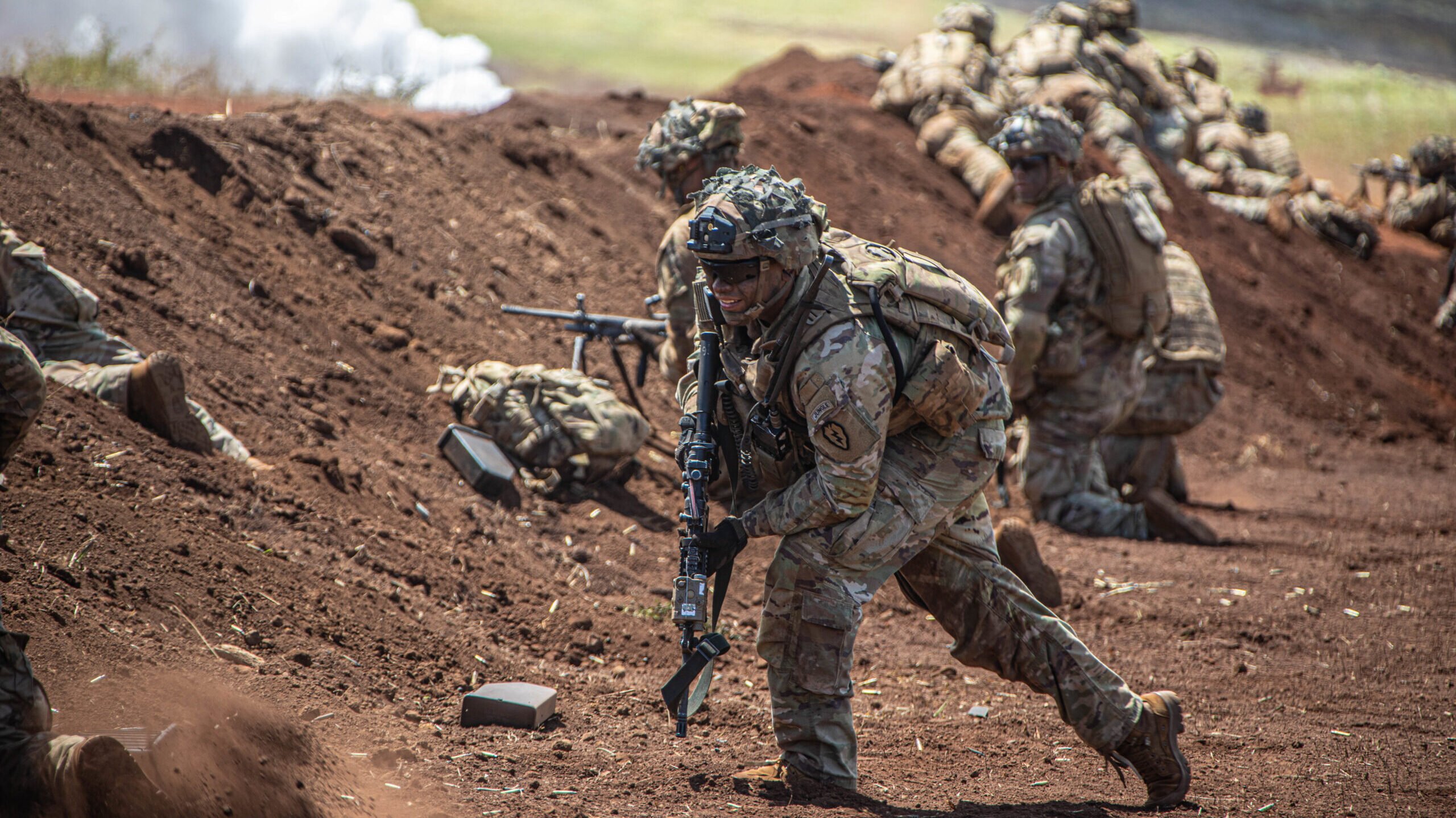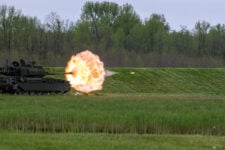
Soldiers assigned to 25th Infantry Division, performed an air assault mission on Schofield Barracks, Hawaii, Sept. 10-13, 2021. (U.S. Army/ Daniel Proper)
WASHINGTON: The US Army is in the midst of a generational modernization effort, a budget crunch and pivoting away from the Middle East to focus on threats in China and Russia. But that’ll be the focus of a different end of year piece. For this one, we can just have fun.
Here are the stories from 2021 (or from the three months that I’ve been with Breaking Defense) that I had the most fun or found the most interesting. And if you don’t notice right away, there’s a common theme: I got to leave the house for these stories.
[This article is one of many in a series in which Breaking Defense reporters look back on the most significant (and entertaining) news stories of 2021 and look forward to what 2022 may hold.]
1) Lack of future helo doesn’t stop Army’s Future Vertical Lift experiments in the desert
Many Army modernization programs won’t be fielded until the late 2020s, including the Army’s future helicopter: the Future Attack Reconnaissance Aircraft and the Future Long-Range Assault Aircraft. But that didn’t stop the Army’s Future Vertical Lift Cross-Functional Team from experimenting with advanced technologies that will one day be outfitted onto the future helos. Breaking Defense went out to Yuma Proving Ground, Ariz., with the FVL-CFT to learn more about the 28 firsts they accomplished during the Army’s annual sensor to shooter experiment and how the FVL team isn’t waiting to mature new technology for future helicopters not scheduled for deliver for several years.
2) In first, Army soldiers fight with, and against, robotic vehicles in training
The Army plans to use robots on the future battlefield — and so do the militaries of Russia and China. In a first this year, the Army integrated a robotic vehicle into the adversary force during a training center rotation in Fort Polk, La. The Army learned how a robotic vehicle can be an effective asset on the battlefield, blocking intersections and denying helicopter landing zones, while reducing the number of soldiers in harm’s way. But it also learned how fighting against a robotic vehicle can impact its own soldiers. The training center rotation provided a peek into the future of warfare.
3) Getting Rid of ‘Excess’: New Army Sites Prepare Units To Receive Modernized Equipment
The Army currently has “31 plus four,” or 35 modernization priority programs that will be fielded at various times over the next decade. That means the service will have to cycle thousands of pieces of equipment out of units across the country — a massive lift. How exactly do they plan to do that? Through new Modernization Displacement and Repair Sites at installations across the country that will churn out decades-old equipment from units to prepare them to receive their modernized equipment later. Breaking Defense spoke with the general leading the effort in October.
4) At Project Convergence, Army ‘struggling’ to see joint battlefield as it heeds ‘hard’ lessons
Another one from Project Convergence, where Army leaders said they learned “hard” lessons. As the services work toward Joint All-Domain Command and Control, Project Convergence provided a venue for them to try and create a joint common operating picture, in which a commander could see assets regardless of service on the battlefield. The Army found that if they tried to do that now, they would need four screens. The problem is the systems that the military uses for common operating pictures are service-specific and don’t easily connect with each other. The exercise revealed just how much work there was to be done.
5) ‘Elevating’ hidden ideas: Inside the Army’s Dragon’s Lair invention contest
Defense leaders in Washington constantly discuss the talent and innovation pipeline that they have in their ranks. Rarely do we see it in action. Just this month, Breaking Defense sat in on the sixth installment of the Army’s 18th Airborne Corps’ Dragon’s Lair innovation competition that saw soldiers, sailors, airmen and marines pitch their best ideas to improve the lives of soldiers. For the first time, the competition, modeled after ABC’s hit show Shark Tank, resulted in a three-way tie. The winners ideas — a new gunner restraint system for M88s, a cooling vest and a software program that predicts building’s floor plans — will now look for partners within the government to further develop.






















